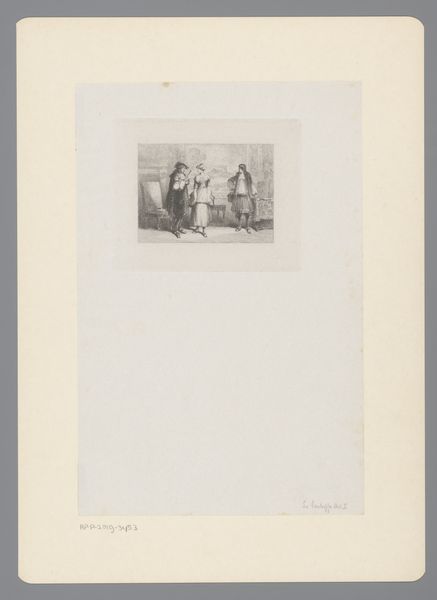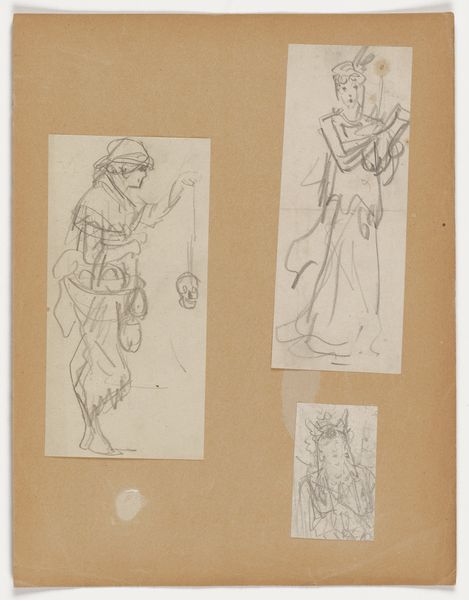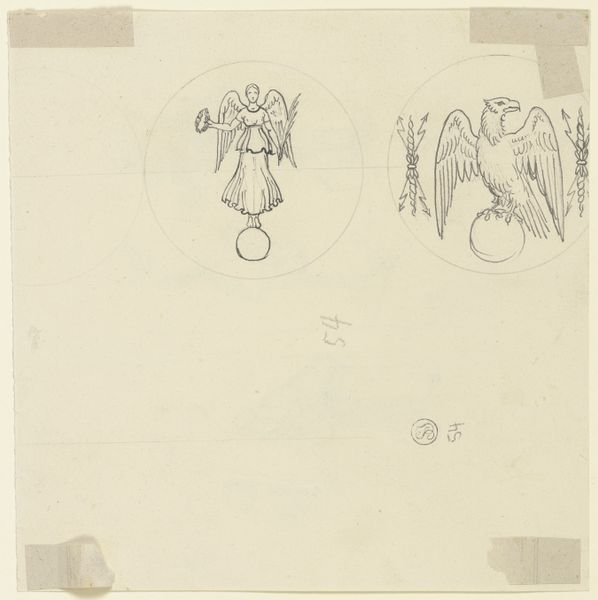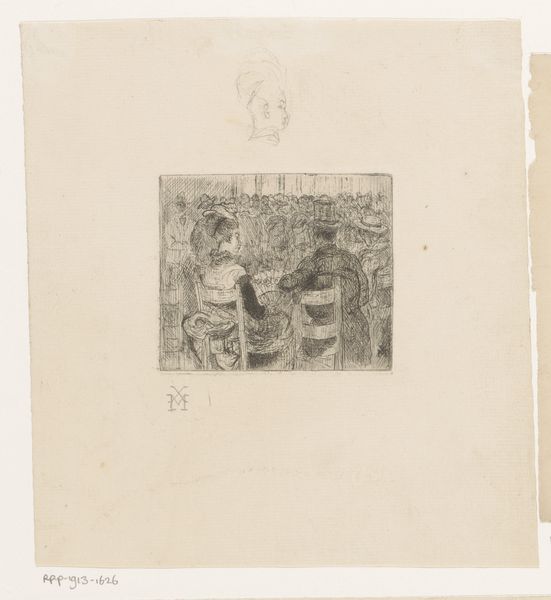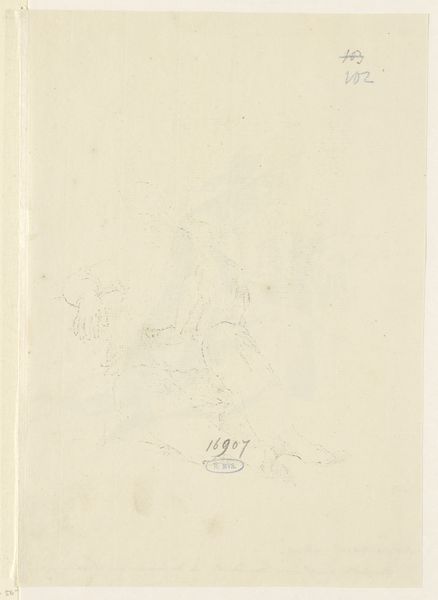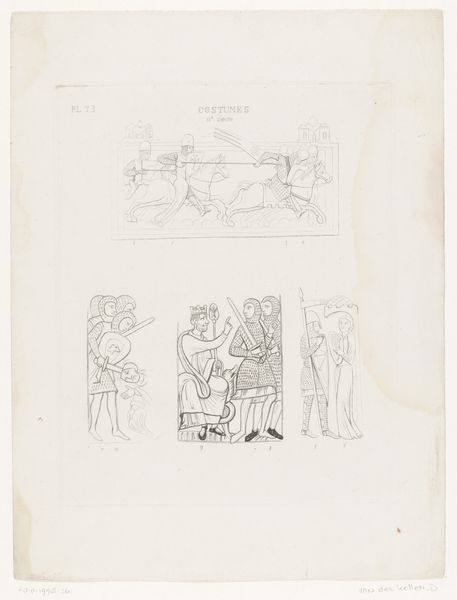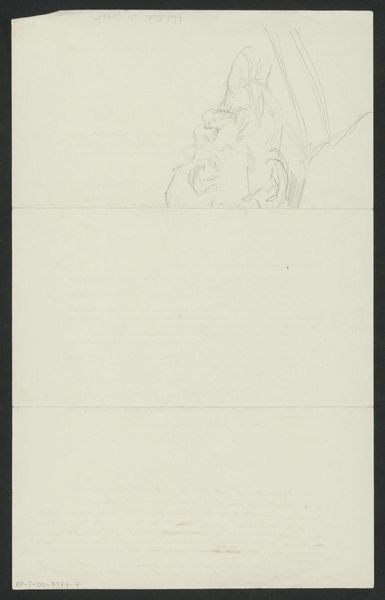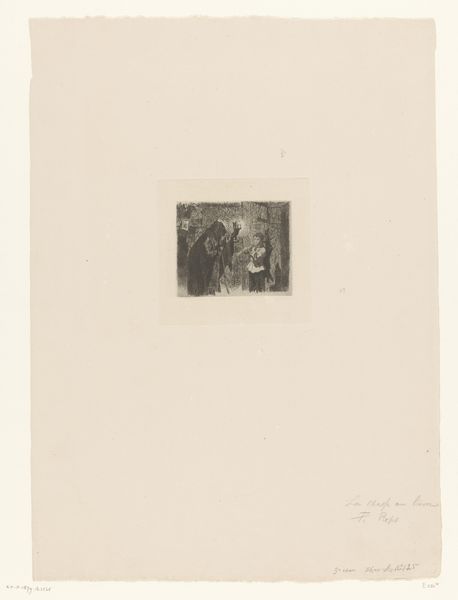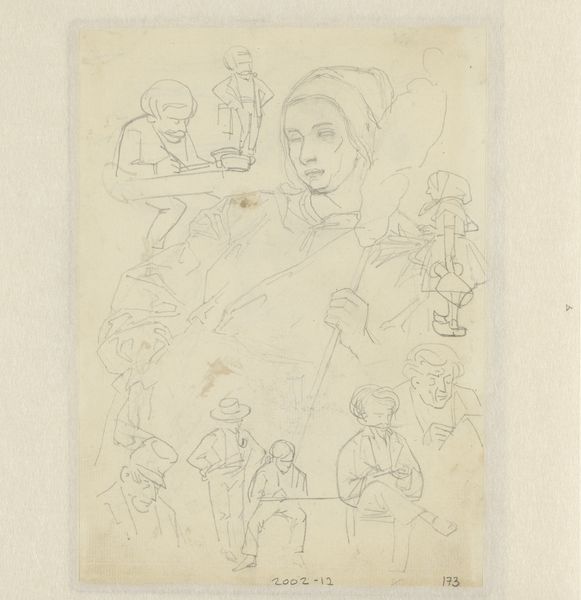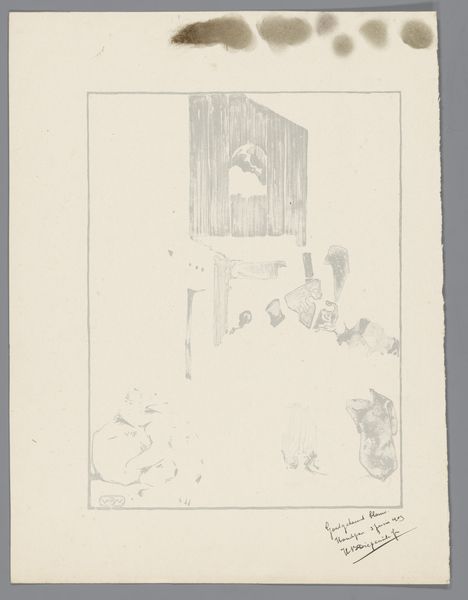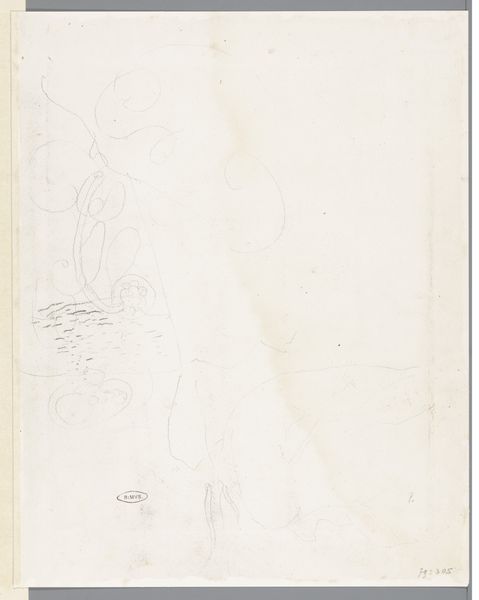![[title not known] by Arthur Boyd Houghton](/_next/image?url=https%3A%2F%2Fd2w8kbdekdi1gv.cloudfront.net%2FeyJidWNrZXQiOiAiYXJ0ZXJhLWltYWdlcy1idWNrZXQiLCAia2V5IjogImFydHdvcmtzLzRiZTBlNzg1LWZlM2YtNGU0ZS04YjNlLTU0NDRlM2NiZWIxNi80YmUwZTc4NS1mZTNmLTRlNGUtOGIzZS01NDQ0ZTNjYmViMTZfZnVsbC5qcGciLCAiZWRpdHMiOiB7InJlc2l6ZSI6IHsid2lkdGgiOiAxOTIwLCAiaGVpZ2h0IjogMTkyMCwgImZpdCI6ICJpbnNpZGUifX19&w=3840&q=75)
Copyright: CC-BY-NC-ND 4.0 DEED, Photo: Tate
Curator: This is Arthur Boyd Houghton's "Four Studies of Children," created sometime between 1836 and 1875, now residing in the Tate Collections. Editor: They're delicate, almost ghostly. The pencil feels immediate, capturing fleeting moments of childhood. Curator: Houghton’s choice of representing children speaks to a Victorian fascination with innocence. The poses he captured—sleeping, playing, lost in thought—were laden with symbolism. Editor: I'm intrigued by the medium. Pencil allows for quick sketching, suggesting accessibility and reproduction. Was Houghton attempting to democratize art, making it more relatable through simpler materials? Curator: Perhaps. He captures archetypes of childhood, universal themes of vulnerability and play. Editor: I'm left thinking about the social context of art production and how even simple sketches can reflect broader cultural attitudes. Curator: Indeed, the studies are reminders of enduring symbols and the memories that form our own experience.
